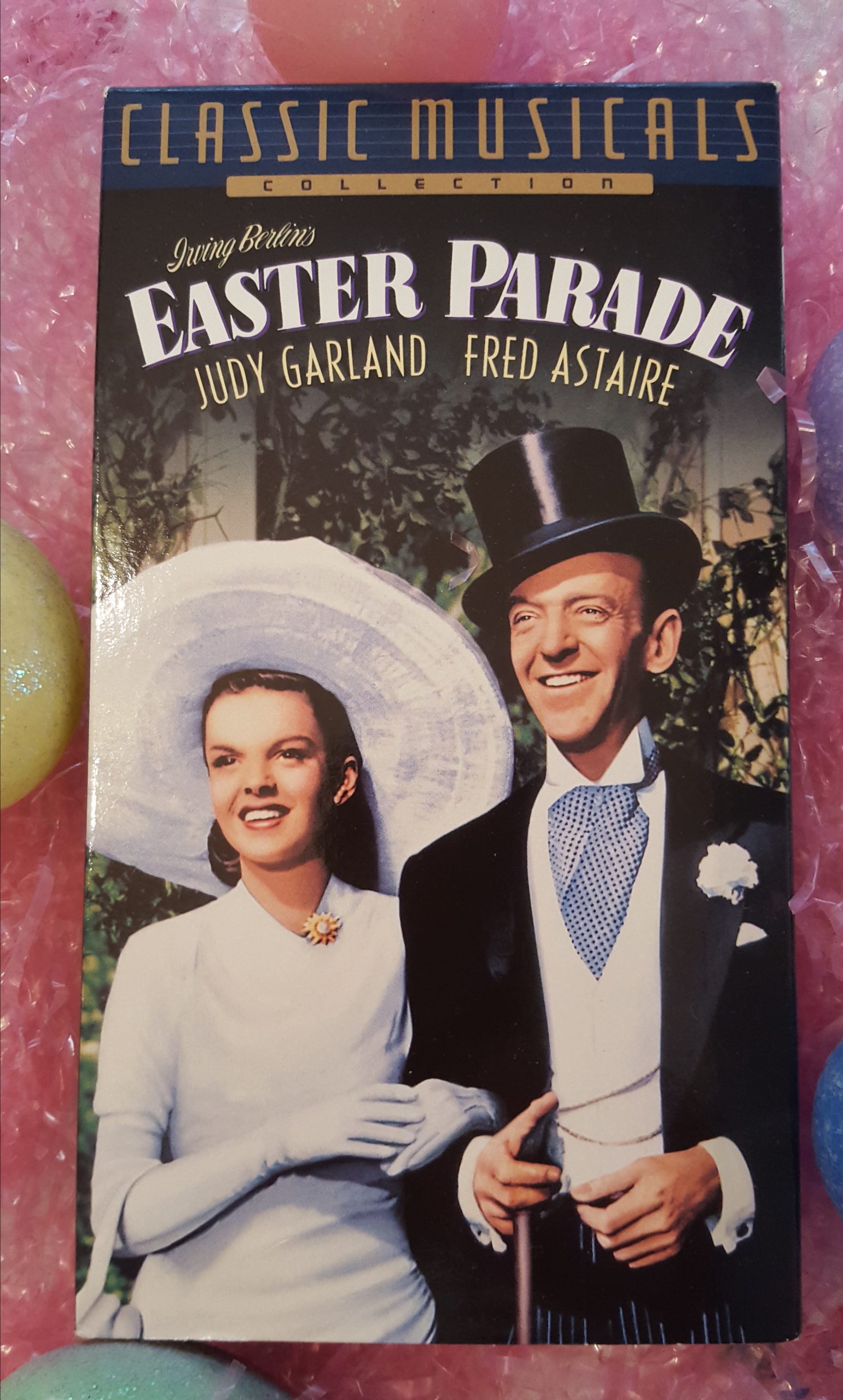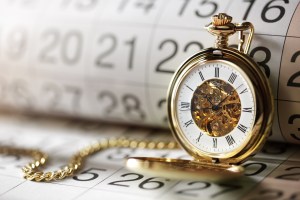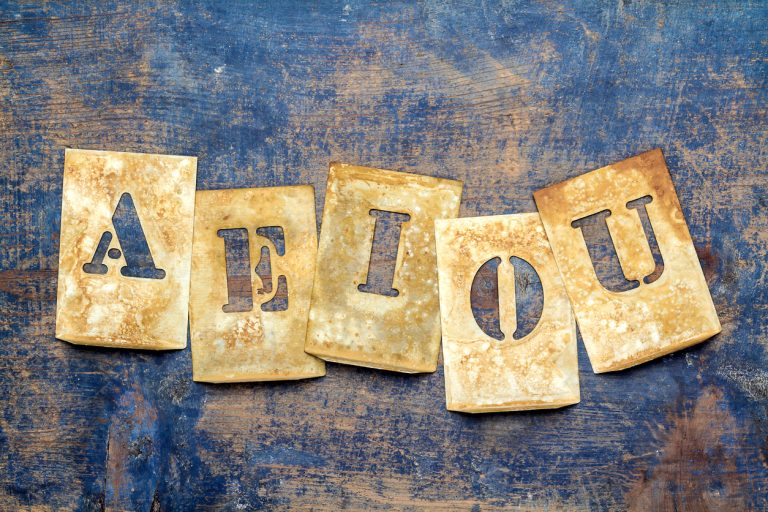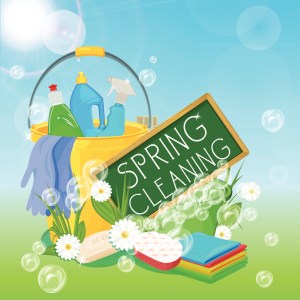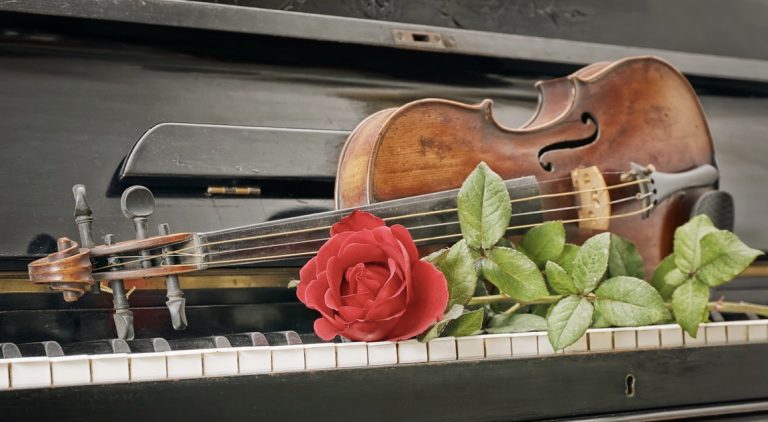Enjoy a Great Classic Movie Musical: Easter Parade!
“In your Easter bonnet, with all the frills upon it…”. If you can’t finish that phrase, then you are missing out on one of the most beloved Irving Berlin tunes of all time, “Easter Parade”, from the 1948 movie musical of the same name. Starring Judy Garland, Fred Astaire, Peter Lawford, and Ann Miller, this delightful movie became the highest-grossing musical of that year, and an enduring Easter classic for all time.
Featuring an Easter basket-full of fabulous music by American icon Irving Berlin, the list of hit songs also includes “Steppin’ Out With My Baby”, “It Only Happens When I Dance with You”, “Shakin’ the Blues Away”, and “Better Luck Next Time”, just to name a few! The song “Easter Parade” actually made its film debut in 1941, in another great Irving Berlin score for the movie Holiday Inn, which also debuted one of the most popular and most recorded songs of all time, “White Christmas” (we’ll talk about that film closer to Christmas, although it has so many holidays in it, you could watch it any time of year!). And now, in a lovely video clip from White Christmas…
Take a tuneful carriage ride with Bing Crosby on Easter Morning:
Let’s take a look at the lyrics to the song, “Easter Parade”:
In your Easter bonnet, with all the frills upon it,
You’ll be the grandest lady in the Easter parade.
I’ll be all in clover* and when they look you over,
I’ll be the proudest fellow in the Easter parade.
On the avenue, fifth avenue, the photographers will snap us,
And you’ll find that you’re in the rotogravure.**
Oh, I could write a sonnet about your Easter bonnet,
And of the girl I’m taking to the Easter parade.
*(to be “in clover” means living a life of prosperity, comfort and happiness)
**(In case you’ve always wondered about the lyric “rotogravure”, in this case it means a magazine printed by the rotogravure printing process, especially the color magazine of a Sunday newspaper. Members of High Society and celebrities often had their photos appear in the “rotogravure”).
Now, back to our movie…
The movie Easter Parade won the 1948 Academy Award for Best Original Music Score and also received the Writers Guild of America Award for Best Written American Musical. Originally cast with the proven team of megastars Judy Garland and Gene Kelly, plans changed quickly when Kelly broke his ankle playing volleyball, and the incredible Fred Astaire was called in from retirement to take his place. The result was movie magic, and the film rightfully became a smash hit!
Take a look at this movie trailer, jam-packed with so many of the great songs mentioned earlier:
[youtube https://www.youtube.com/watch?v=KKr9S2UNFAU?rel=0&w=560&h=315]
The story starts when Fred’s character loses his elegant dance partner, played by Anne Miller, and decides that in true Pygmalion fashion (think My Fair Lady if you’ve never read Pygmalion), he will find a lowly chorus girl (Judy Garland), and with his impeccable training, turn her into his new partner. He wants to make his old partner jealous, and much comedy ensues as he and Judy stumble through their new dance numbers, but— you guessed it— they ultimately fall in love. The clever and entertaining script does not pave a smooth road for them, as Fred’s friend (played by Peter Lawford) falls for Judy, too. But between all the great Berlin songs, Fred Astaire’s amazing choreography and dancing (Judy keeps up pretty well herself, in addition to her trademark style of singing), Anne Miller’s incredible dancing, Peter Lawford’s boyish charm and the gorgeous color, clothes, sets and production numbers that only an MGM musical could provide, it’s a fun and breezy romp from beginning to end. And, you guessed it, the movie ends with Judy and Fred taking their rightful place with the “beautiful people” of New York City, walking in the glamorous and famous Easter Parade.
What is the Easter Parade?
The New York City Easter Parade began in the 1870’s, thought to be an extension of the decoration of major churches and cathedrals at Easter time. People wore their finest clothes to church on Easter Sunday, and soon they were strolling up and down Fifth Avenue displaying their new outfits, and in the case of the ladies, their fancy and elaborate hats. The New York parade grew and became increasingly popular into the mid-20th century, and by the end of World War II, it was a major cultural event that could draw as much as a million people. Today the parade has become the Easter Parade and Bonnet Festival, and takes place on Fifth Avenue (around 49th to 57th Streets) in Manhattan from 10am-4pm on Easter Sunday. No longer just an event for the wealthy or famous, residents and tourists alike are encouraged to participate, and outfits range from the modest to the incredibly chic. Intricate and even bizarre hats are now a featured mainstay of the parade today…
Now that you know…
…about the history of the Easter Parade itself, about the festive song, “Easter Parade”, and especially about the incredibly entertaining movie, Easter Parade, you’ll enjoy adding any of the songs from this great film to your own repertoire list. Irving Berlin’s melodies are tuneful and glide through the voice with ease. You can find any of his classic songs from this movie at your favorite sheet music source, and do buy or stream the video from Amazon, Netflix or your favorite programming provider. I still have my video version of this movie (yes, some of us still have VCRs!) and pull it out every year to enjoy with the family. I hope this Easter season, you discover Easter Parade, and it becomes a beloved part of your holiday celebration every Easter as well!
Now, let’s finish that song that we started. Sing along with me now—
“In your Easter bonnet, with all the frills upon it, you’ll be the grandest lady (or fella) in the Easter Parade!”. Happy Easter, everyone!

